How to Build a Shopmade Planer Table
This low-cost adjustable table prevents snipe.
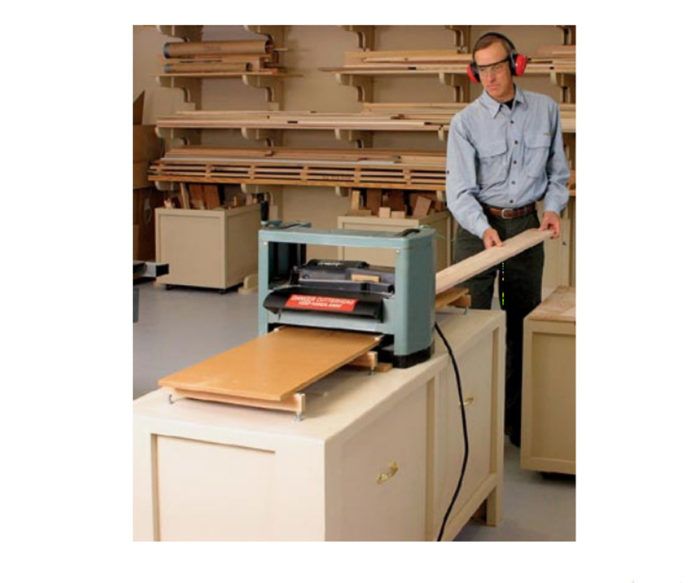
Synopsis: Some manufacturers have drastically reduced the amount of snipe created by their benchtop planers, but it eventually comes down to a trade-off. For these tools to be portable, the folding infeed and outfeed tables are kept short, and are prone to misalignment. But by removing the manufacturer’s tables and replacing them with a portable, adjustable, shopmade version, snipe becomes much less of an issue. In his tool review, Portable Thickness Planers, Christian M. Whalen recommends building the infeed/outfeed table he learned about from woodworker Andy Beasley.
Benchtop thickness planers are compact workhorses that produce remarkably smooth wood surfaces. But, like any thickness planer, they often create snipe that’s the 2-in. long (or so), slightly deeper cut at each end of a board. Granted, some newer models have made good strides at reducing the problem, but like the common cold, snipe defies eradication. Indeed, it’s rare to find a thickness planed board that’s snipe-free.
However, adding an adjustable table to a benchtop thickness planer can help make snipe a non-issue if not by eliminating the problem, then at least by keeping it to a bare minimum. Snipe that measures less than, say, 0.004 in. is rarely a problem.
This adjustable table has only a handful of parts. Four support cleats two in front of the planer, two behind mount under a length of 1/2-in. thick medium density fiberboard (MDF) that serves as the tabletop. The cleats attach to the top of the planer cabinet with a few carriage bolts and washers. The bolts allow me to elevate the ends of the tabletop slightly, giving it a subtle bow. This slight rise at each end is the secret to reducing snipe.
I should mention that the adjustable table reduces the thickness capacity of my planer by 1/2 in., from 6 in. to 5-1⁄2 in. But since 3-1⁄2 in. is about the thickest stock I’ve ever planed, I don’t expect the reduced capacity to be a problem. Also, you’ll need to remove the folding infeed and outfeed table extensions that are attached to the saw.
After cutting the tabletop to width and length, attach the support cleats to the underside. First, though, drill both ends of each cleat to accept a carriage bolt. The bolt accepts a series of flat washers, lock washers, and hex nuts that attach the table to the cabinet below.
Mount the two middle support cleats securely to form a stiff, flat table through the planer. Two wood guide rails keep stock on course as it travels through the machine. Then, with a 6-ft.-long level placed lengthwise on the bed, adjust the two outside support cleats until each end of the table is elevated about 1/8 in. above the level of the table under the cutter heads.
Fine-tune for best results
I ran test boards through the planer until I found the elevation of the tabletop ends that would best minimize snipe. Adjusting the outside support cleats is easy: After loosening the hex nuts adjacent to the cabinet, simply tighten the upper nut to raise the bed, or tighten the bottom nut to lower it. Because there are two bolts on each support cleat, both must be adjusted the same amount to avoid twisting the surface.
Once I determined the best table elevation, I locked the support cleats in place for good. Keep in mind that if you switch to stock that’s thicker than about 2 in., you might need to readjust the elevation of the tabletop ends. That’s because thicker stock can’t flex as much and will not conform to as much of a bow in the table.
Click on the PDF to download dimensions and instructions on how to build the table.




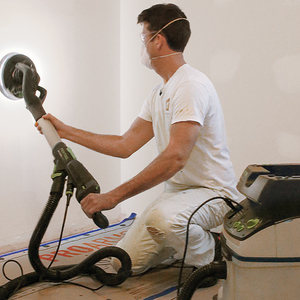





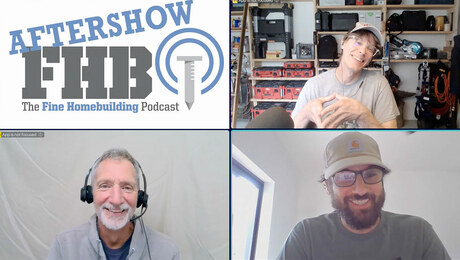
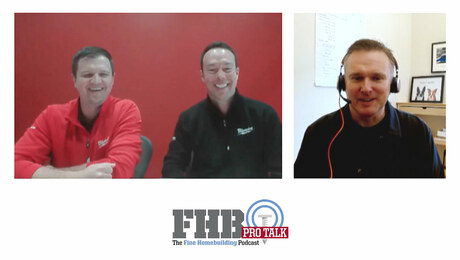
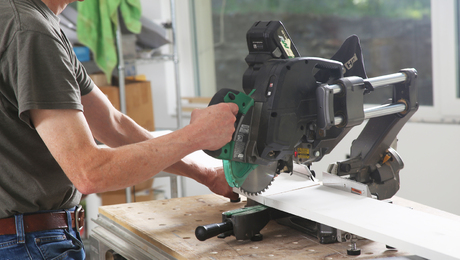

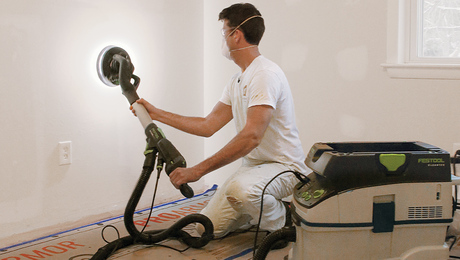










View Comments
This might be trivial, but I use the same planer sown in the picture in this article. I made the same infeed and outfeed tables described in the article, but I have a question about looming up the tables. On the delta planer shown, the outside edges of the base plate opposite the rollers and cutter head move up and down about 1/8". So should the infeed and outfeed tables be lined up when those edges when they are elevated or depressed?